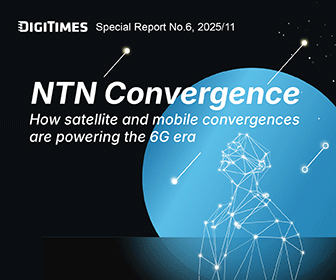Norio Nakajima, president of Japanese electronics maker Murata, stated that in response to the slowing growth of the smartphone market, the company will strengthen its component supply for smartphones in the mid-to-low price ranges.
Reports from Bloomberg and Reuters pointed out that Murata is one of the more technically capable and higher-priced component suppliers within Apple's supply chain. Given that the growth rate of the smartphone market is recently estimated only to be 5%, Murata needs to expand its component supply to a wider range of customers.
Nakajima stated that Murata will not only target the high-end smartphone component market through technological differentiation but also need to enhance production efficiency to expand its market share in components for mid-to-low-end smartphones.
He stated that if the smartphone market will only grow by 5% in the fiscal year 2024 (April 2024 to March 2025), the growth will mainly be in regions such as Africa, India, Southeast Asia, and South America. Smartphone sales from China to these regions are increasing, with Africa being an especially representative economic area. Murata may expand its local business in these markets through China.
Murata is the world's largest multilayer ceramic capacitors (MLCC) manufacturer, supplying MLCCs and high-frequency communication modules to smartphone manufacturers worldwide. However, for smartphones to return to the pre-pandemic scale of 1.4 billion units, it will take a long time and the timing is still difficult to predict.
Nakajima predicted that the global smartphone market scale will be around 1.11 billion units in fiscal year 2023 (April 2023 to March 2024). Due to reduced demand, Murata's consolidated operating profit in its financial prediction for fiscal year 2023 is expected to see a 10% YoY decrease to JPY270 billion (approx. US$1.85 billion).
Additionally, he believes that wearable devices, primarily watch-style devices, could have a larger market scale than smartphones. While not many people consider wearable devices to be required accessories right now, that perception could change in 2030.




